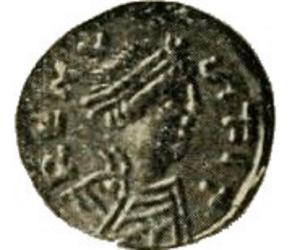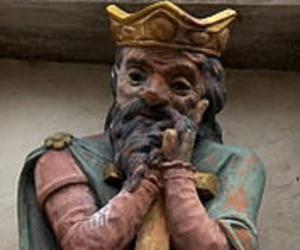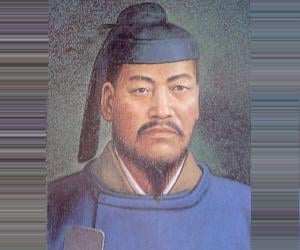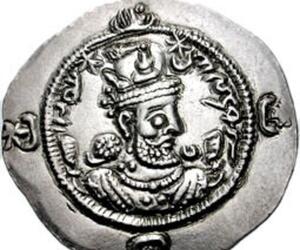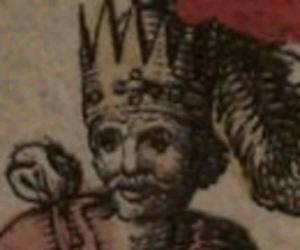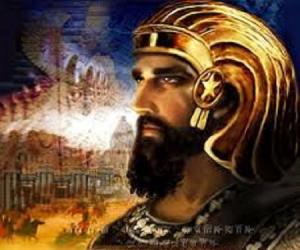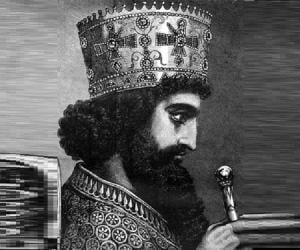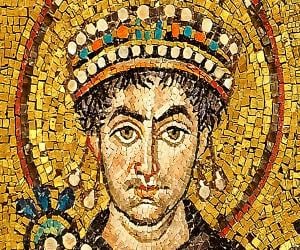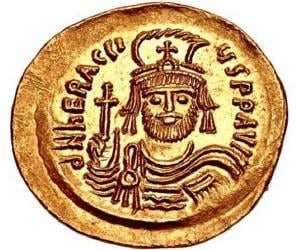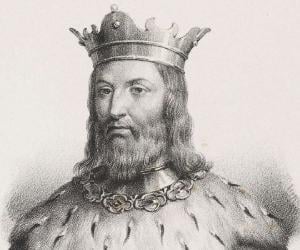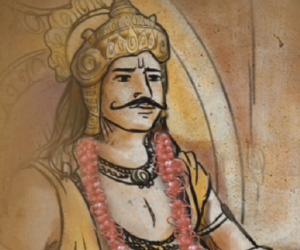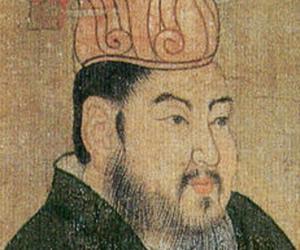Cyrus II, or Cyrus the Great, founded the first Persian empire, the Achaemenid Empire. His kingdom extended from Western Asia to Central Asia. He advocated centralized administration, with the help of local governors. The biblical Edict of Cyrus, named after him, talks about the return of the Jews to Israel.
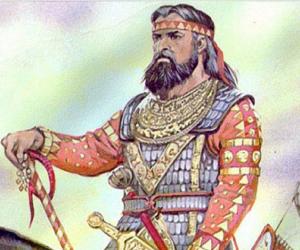
Darius the Great was a Persian ruler. He served as the third King of Kings of the Achaemenid Empire from 522 BCE until he died in 486 BCE. The empire was at the peak of its glory under his reign and included much of Western Asia and parts of the Balkans. He invested a lot in construction projects.
Xerxes I ruled the Achaemenid Empire from 486 to 465 BC as the fourth King of Kings. During his reign, Xerxes I supervised the completion of several construction projects at Persepolis and Susa. A popular ruler, his life has been adapted into several plays and films; in the 1960 movie Esther and the King, Xerxes is played by Richard Egan.
Also known as Justinian the Great, Justinian I was the Eastern Roman emperor from 527 to 565. Even though he came from a peasant family, he was well educated in jurisprudence, theology, and Roman history. As emperor, he was known to be highly energetic and ambitious. He brought about several judicial reforms in his kingdom.

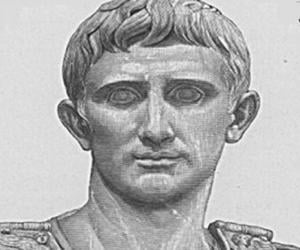
Romulus Augustus went down in history as the last Western Roman emperor. The son of Orestes, who was killed by German warrior Odoacer, Romulus was spared and allowed to move to southern Italy. Though not much is known of him, it is believed he lived till the rule of Theoderic.
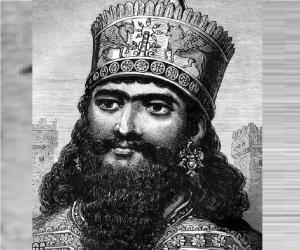
Cambyses II was the second King of Kings of the Achaemenid Empire. He ruled from 530 BC to 522 BC. He was the son of Cyrus the Great and Cassandane. Before claiming the throne, he served as the governor of northern Babylonia under his father. His reign was relatively brief and marked by his conquests in Africa, notably Egypt.
A skilled military leader, Heraclius was also deeply religious, having once read out passages from the Bible when his men wanted to invade Persia. He also treated his prisoners with respect. He is best remembered for his exploits in the Byzantine–Sasanian War and his clashes with the Arabs.
Clovis I, regarded as the founder of the Merovingian dynasty, united the Frankish tribes under one leader and thus transformed the leadership system which had previously been based on leadership by a group of chieftains. His conversion to Catholicism led to widespread conversion among the Frankish people.
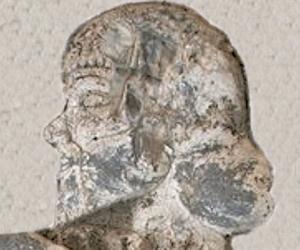
Born to Cyrus the Great of Persia, Bardiya was also known as Tanyoxarces. Though most sources believe he was the king of Persia, some sources claim an impersonator ruled Persia, pretending to be the real son of Cyrus. Both historian Herodotus and king Darius believed the impersonator was Gaumata, a magus.
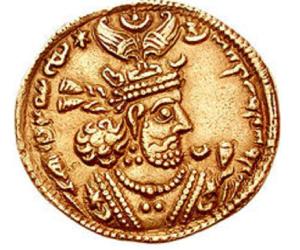
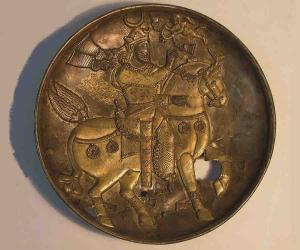
Khosrow I was a 6th-century Persian king of the Sasanian Empire. Though most of the information on him is known through legends, he is believed to have been a patron of the arts. He introduced major tax reforms and also brought changes to the Sasanian bureaucracy.

Harshavardhana, the second son of king Prabhakaravardhana of Thanesar, became a king at 16. Also known as Harsha, he reigned over a vast region of North and Northwestern India from 606 to 647 CE. Hieun Tsang’s Harshacharita detailed how Harsha converted from Hinduism to Buddhism, banned animal slaughter, and built monasteries.
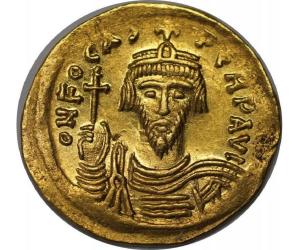
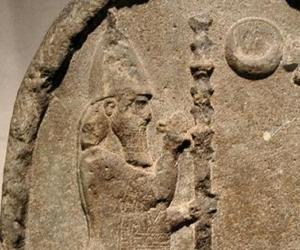
Nabonidus was the last ruler of Neo-Babylonian Empire. A strong believer of the moon god Sin, Nabonidus was faced with a revolt by the worshippers of Babylon’s national god, Marduk, and thus left his kingdom in the hands of his son, co-regent Belshazzar. He was later exiled.
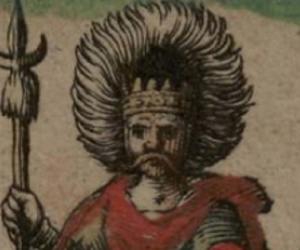


Emperor Yang of Sui is remembered for constructing countless canals and palaces in China during his reign. He apparently took over the throne after executing his father and brother. Though a patron of the arts, he killed two poets when he found they wrote better poetry than him.


Cambyses I was the king of Anshan from c. 580 to 559 BC. He was an early member of the Achaemenid dynasty and was a great-grandson of its founder Achaemenes. Not much is known about his life other than the fact that he reigned under the overlordship of Astyages.
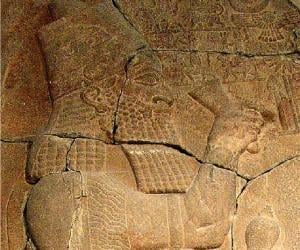
Esarhaddon reigned as the King of the Neo-Assyrian Empire from 681 BC until his death in 669 BC. He is best remembered for his invasion of Egypt in 671 BC. The conquest made his empire the world's largest at that time. Esarhaddon is also remembered for his reconstruction of Babylon.
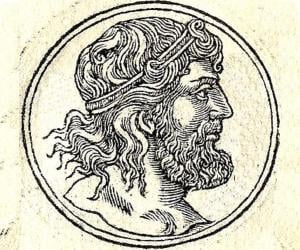
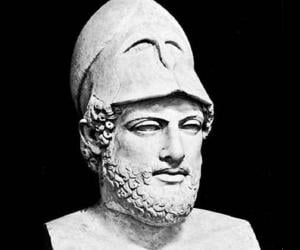

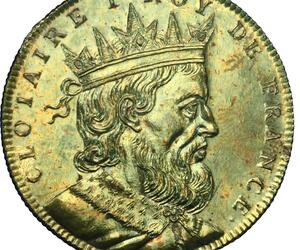
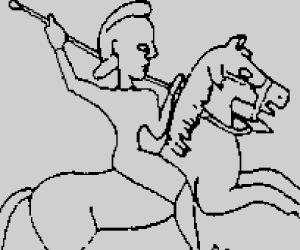

Abraha was an Aksumite army general who proclaimed himself as King of Himyar. He went on to rule much of modern-day Yemen and Arabia. Today, Abraha is seen as an important figure in the history of Yemen where he promoted the cause of Christianity.
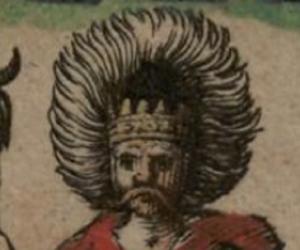
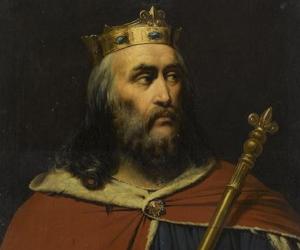
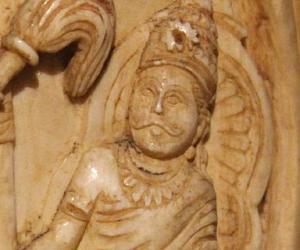

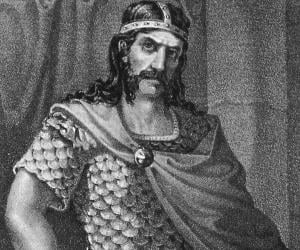
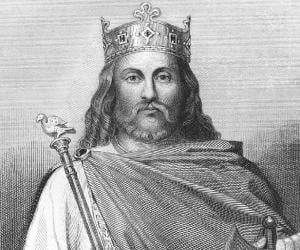
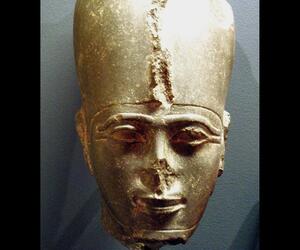
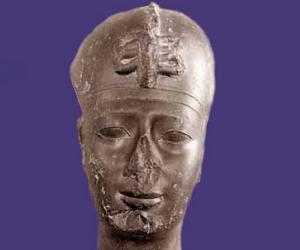
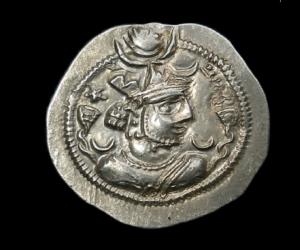
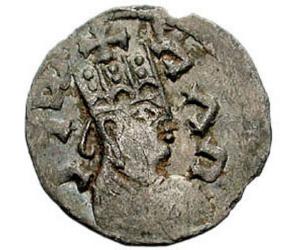
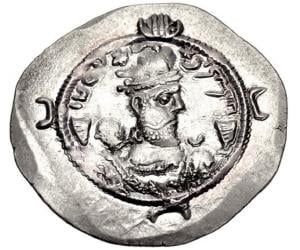
Bahram Chobin was a nobleman, political leader, and general of the late Sasanian Empire. He also served as its ruler from 590 to 591. A respected political leader renowned for his character, skills, and accomplishments, Bahram Chobin came to be known as a hero and his life inspired several folktales and literary works.
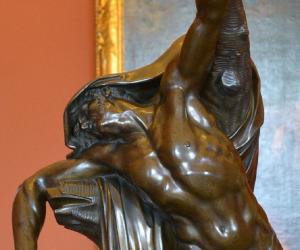
Polycrates was a tyrant who ruled over Samos, a Greek island which is separated by the 1.6-kilometre wide Mycale Strait from present-day Turkey, from the 540s to 522 BC. Polycrates is credited with achieving engineering and technological expertise of unprecedented levels in ancient Greece. The Tunnel of Eupalinos, which is 1,036 metres long, was an aqueduct constructed during his time.
